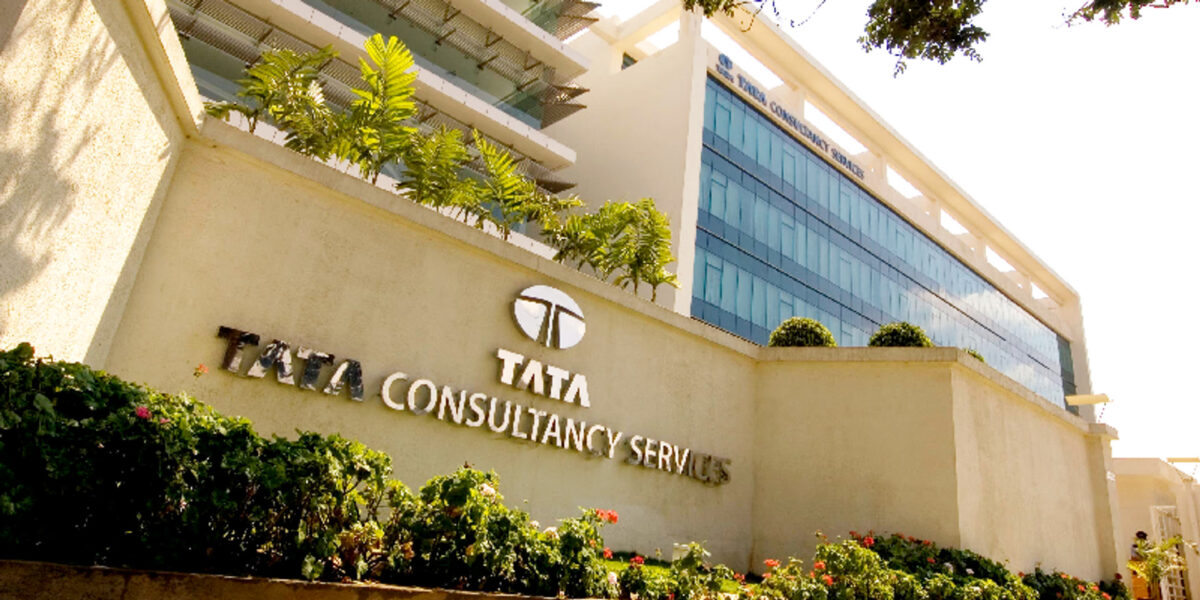Mukesh Ambani-led Reliance Industries will announce its Q1 FY26 earnings on Friday, July 18, following its board meeting for the June quarter. An investor call will follow to discuss financial performance and strategic developments.
What to Expect from Q1 FY26
Analysts are focusing on Reliance’s key business segments that influence its earnings and market valuation:
- Oil-to-Chemicals (O2C): Trends in refining and petrochemical margins will be closely observed amid global volatility in crude oil prices.
- Digital Services (Jio Platforms): Subscriber growth, average revenue per user (ARPU), and any tariff updates will provide insight into this segment’s growth trajectory.
- Retail: Revenue growth, same-store sales, store expansion, and margin performance are expected to show continued strength.
- New Energy Investments: Updates on green hydrogen, solar projects, and energy transition plans will be key to long-term investor confidence.
- Financial Metrics: The street expects profit after tax (PAT) in the range of ₹19,500–₹20,000 crore, depending on sector performance and any one-off items.
Stock Performance and Market Context
Reliance shares recently traded around ₹1,495, up approximately 23 percent year-to-date. However, the stock has seen mild pressure due to uncertainty over the timeline for IPOs of its digital and retail arms. As Reliance holds a weight of nearly 9 percent in the Nifty 50, its quarterly results often impact broader indices.
Key Investor Focus Areas
- O2C Margin Recovery: Analysts are watching for signs of rebound in refining and petrochemical margins.
- Retail and Digital Momentum: Strong operating performance will be essential to support premium valuations.
- New Energy Progress: Investors are keen to hear updates on execution timelines and capital deployment.
- Capital Expenditure Outlook: Sustained high capex may affect near-term free cash flow.
- Clarity on IPO Plans: Updates on Jio and retail IPOs are likely to influence long-term sentiment.
Conclusion
Reliance’s Q1 FY26 results are expected to provide a comprehensive view of the company’s multi-business strategy and financial resilience. With its presence across energy, telecom, retail, and clean tech, the earnings announcement on July 18 will be critical for investors assessing future growth and valuations.
Top-notch SEBI registered research analyst
Best SEBI registered Intraday tips provider
Telegram | Facebook | Instagram
Call: +91 9624421555 / +91 9624461555





